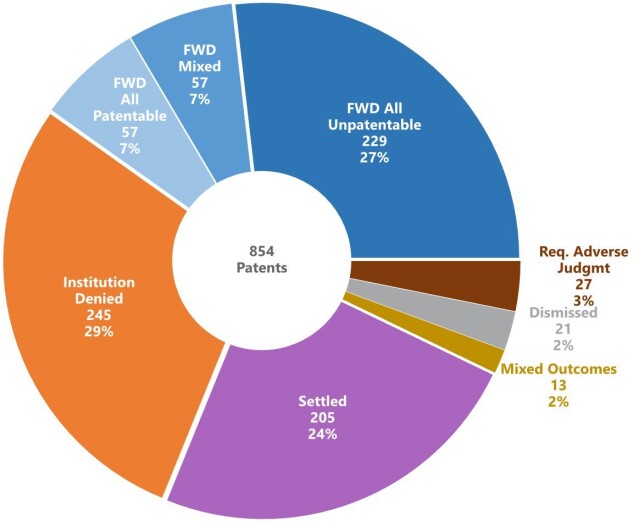Irah Donner, intellectual property partner with Manatt, proposes a solution for more effective use of US Patent Office resources to process higher-priority applications and streamline review.
Under the current system of examination at the US Patent Office, every patent application must be examined, whether or not that invention will ever contribute to society. There is no mechanism in place for the USPTO to prioritize its resources and focus them on inventions that are important, rather than inventions that aren’t.
This requirement that every patent application be examined is statute-based and has not been considered a constitutional requirement. For example, from 1793 to 1836, the US patent system was a registration system, with no examination ever being conducted.
Currently, 35 U.S.C. Section 131 is the statute that places the burden on the USPTO to examine every patent application that is filed. However, the number of new patent applications filed each year has exceeded 500,000!
Compounding the chore of examining every patent application, the Leahy-Smith America Invents Act created post-grant contested proceedings implemented by the Patent Trial and Appeal Board, which has overruled patent office examiners to some extent at least 65% of the time.
That’s a staggeringly high percentage, and may reflect the reality that the limited time budgets examiners have for ex parte examination is not sufficient and may never be.
The current allowance rate for patent grant is above 65%. However, even taking into account the dubious statistic below that 29% of inter partes reviews are denied combined with the meager 7% of IPRs that all claims are held patentable, the patent owner only wins 36% of the time.
This chart provided by the USPTO illustrates outcomes by patent in fiscal year 2022, Oct. 1, 2021 to Sept. 30, 2022.
What is so astonishing is that it is well-settled by statute that the USPTO is presumed to perform its duties correctly. The statute states that patents are presumed to be valid. If patents are more often than not going to be invalidated at the PTAB, do we need the traditional (ex parte) examination? That is, if the presumption of validity is dead, then do we need the initial (ex parte) examination at the USPTO?
Proposed Solution
So how can USPTO resources be effectively used? I propose the agency register patents without examination and perform examination only after requiring the patent registration owner to file an “intent to enforce” notification that binds the patent owner to initiate civil litigation, or else accept some penalty for not enforcing the patent after a specific time period. The patent owner would have to provide the alleged infringer with actual notice of the intent to enforce as well.
The USPTO would continue to receive patent applications as it does currently, but merely issue a registration certificate until such time as examination is conducted after the filing of the intent to enforce. The registration certificate would provide many of the same features as currently pending patent applications and issued patents and would have the following advantages.
The USPTO would focus its resources on the patent applications that are more likely to have an impact on society. And the patent registration certificate would provide the constructive reduction to practice that every inventor requires to legally perfect a patent filing.
Further, the registration certificate would not provide a presumption of validity—that would only be obtained after a thorough examination following issuance of the patent registration certificate and the patent owner’s notice of intent to enforce. The presumption of validity would also be applied during post-issuance contested proceedings.
In addition, inventors/applicants would continue to receive the benefit of priority, conception, and reduction to practice through the patent registration certificate. Overall filing fees and costs to independent inventors, micro entities, and small entities for issuance of the patent registration certificate would be significantly reduced.
Post-registration examination would be substantially the same as current ex parte examination practice that does not permit third-party participation. Alternatively, since the intent to enforce notice would have to identify future defendants, the identified defendants could participate in the post-registration examination in a manner similar to that of their participation in the current contested proceedings, but the patent owner would be permitted to enlarge the scope of the claims.
This article does not necessarily reflect the opinion of Bloomberg Industry Group, Inc., the publisher of Bloomberg Law and Bloomberg Tax, or its owners.
Author Information
Irah Donner is partner in Manatt’s intellectual property practice and author of Patent Prosecution: Law, Practice, and Procedure and Constructing and Deconstructing Patents.
Write for Us: Author Guidelines
Learn more about Bloomberg Law or Log In to keep reading:
See Breaking News in Context
Bloomberg Law provides trusted coverage of current events enhanced with legal analysis.
Already a subscriber?
Log in to keep reading or access research tools and resources.

